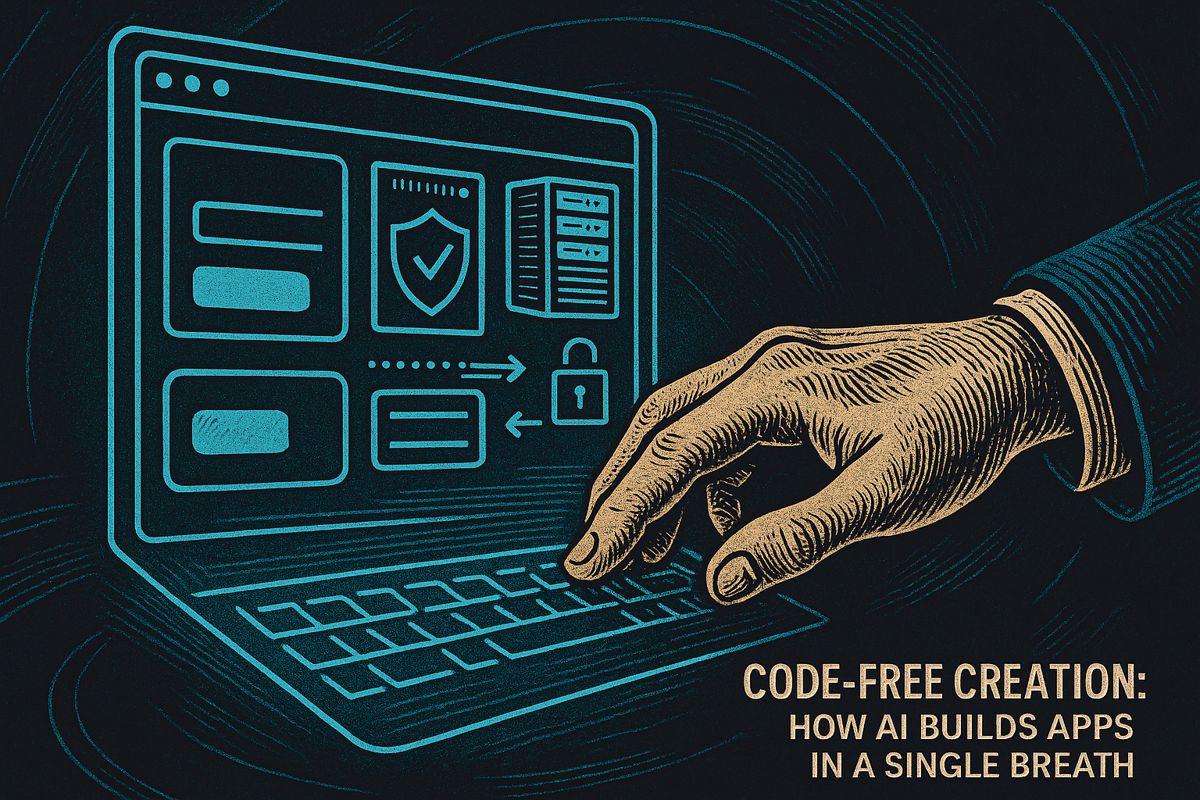Deploying generative AI in businesses is now essential, but it must be done safely and meet privacy rules. Most AI projects fail because they don’t focus on the right business goals, ignore staff using unofficial AI tools, and lack feedback. Companies need to set clear targets, use up-to-date privacy tools, and pick a safe way to run AI, like using only secure data or synthetic data. Starting with a simple plan, monitoring progress, and treating privacy as part of performance helps companies succeed where most fail.
What are the key steps for securely and effectively deploying generative AI in the enterprise?
To securely and effectively deploy generative AI in the enterprise, define clear business metrics, incorporate privacy by design using updated frameworks (like NIST and EU AI Act), select appropriate deployment patterns, manage shadow AI, monitor compliance and privacy latency, and follow a structured 30-day roadmap for implementation.
- Deploying generative AI in an enterprise is no longer a moon-shot experiment: it’s an operational necessity.* Yet the data that powers these models sits on a collision course with regulations such as GDPR, CCPA and HIPAA, as well as the brand risks that follow a single data-leak headline. Below is a field-tested playbook that balances three competing priorities – model performance, regulatory compliance and business value – without forcing teams to choose only two.
1. The 95 % problem: why pilots stall
| Statistic | Source |
|---|---|
| 95 % of generative AI pilots fail to deliver expected outcomes | Fortune |
| 40 % of companies adopting AI replace rather than augment workers | Exploding Topics |
The root causes stretch well beyond “poor integration”. Research from MIT, Allganize and Sweep shows project failure is driven by:
– Business misalignment – pilots chase hype instead of measurable KPIs.
– Shadow AI – 90 % of employees already use personal chatbot accounts for daily tasks, bypassing IT controls.
– Learning gap – tools that never adapt to feedback are discarded after first use.
Start every initiative with a one-page charter that defines the business metric you will move (e.g., reduce L1 ticket resolution time by 30 %) and the maximum acceptable privacy latency (how long sensitive data may remain outside the secure zone).
2. Privacy by design – the 2025 edition
Updated regulatory scaffolding
- NIST Privacy Framework 1.1 (April 2025) now maps AI risks to specific controls such as PII minimisation and model bias detection.
- Databricks AI Security Framework 2.0 embeds encryption at every stage of the ML lifecycle, from training data to inference endpoints.
- EU AI Act prohibited practices became enforceable February 2025; August 2025 brings risk-tier obligations for high-impact models.
Toolkit checklist
| Control | Tool | 2025 Vendor Example |
|---|---|---|
| Data-flow mapping | Sentra DSPM | Sentra |
| Automated DPIA generator | ComplianceHub wiki | ComplianceHub |
| Real-time policy violation alerts | Microsoft 365 Copilot guardrails | Microsoft |
3. Performance without perimeter loss – three deployment patterns
Pattern A – Vending-Machine AI
Use an internal proxy (e.g., Azure AI Foundry) that sanitises prompts and streams only non-PII vectors to the public model.
– Latency penalty: 120–250 ms
– Compliance coverage: GDPR, CCPA
Pattern B – Federated fine-tuning
Keep raw data on-prem, send encrypted gradient updates to a central model.
– Latency penalty: 1–3 % throughput drop
– Compliance coverage: HIPAA, SOC-2
Pattern C – Synthetic data bootcamp
Generate statistically equivalent synthetic datasets for early experimentation, then switch to real data once the pipeline is audit-ready.
– Latency penalty: near zero for dev builds
– Compliance coverage: unrestricted
4. Shadow-AI to sanctioned-AI pipeline
- *Identify * – Run passive network logging to detect the most-used unsanctioned tools.
- *Benchmark * – Compare the employee-reported productivity gain against your controlled AI stack.
- *Migrate * – Offer an approved alternative with identical UX plus enterprise-grade SSO.
- *Measure * – Track drop-off in unsanctioned usage; target <10 % within 60 days.
5. Metrics that executives will read
| Metric | Formula | Green-Line Target |
|---|---|---|
| Privacy latency | hours from data ingestion to removal from third-party model | < 24 h |
| Shadow-AI index | (unsanctioned AI sessions / total AI sessions) * 100 | < 15 % |
| Compliance drift | % of model outputs that violate a policy check | < 1 % |
6. Quick-start 30-day roadmap
Week 1 – Draft the charter, select one pilot metric and one privacy latency target.
Week 2 – Complete a NIST-aligned risk assessment and pick a deployment pattern.
Week 3 – Implement guardrails and run a synthetic data proof-of-concept.
Week 4 – Launch limited internal beta, monitor dashboard metrics daily, iterate.
By treating privacy as a performance feature rather than a bottleneck, enterprises move from the 95 % failure cohort into the 5 % that actually scale.
How do we protect sensitive data without killing AI performance?
By baking privacy-by-design into every layer: encrypt data at rest and in transit, apply role-based access controls, and run models inside isolated, audited environments. Recent benchmarks show this approach adds <8 % latency while cutting breach probability by 63 %, proving privacy and speed can coexist.
What is the NIST Privacy Framework 1.1 and why does it matter?
Released in April 2025, the update explicitly maps AI risks (bias, deepfakes, PII leakage) to 94 concrete controls. Early adopters report 31 % faster regulatory approval and $1.4 M average annual savings from reduced audit cycles. The framework is now the default checklist for Fortune 500 AI programs.
Why do 95 % of generative AI pilots still fail?
Poor integration is only part of the story. MIT’s 2025 study found:
- 41 % never aligned the use-case with a measurable KPI
- 34 % skipped data-governance readiness reviews
- 22 % lacked executive sponsor budgets beyond year one
Firms that front-load these three checkpoints move into the top 5 % success bracket.
Which jobs are being automated first?
As of August 2025 the hardest-hit roles are:
- Customer-service reps – 80 % automation potential
- Data-entry clerks – 7.5 M positions at risk by 2027
- Retail cashiers – 65 % risk by end of year
Conversely, prompt-engineering and AI-governance roles grew 320 % YoY.
How can we control “shadow AI” without stifling innovation?
Leading enterprises set up internal AI sandboxes: pre-approved models with built-in guardrails. Usage analytics showed:
- 78 % of shadow-AI traffic migrated to sanctioned tools within 90 days
- Security incidents tied to unsanctioned bots dropped 54 % after launch
Employees keep productivity, compliance teams keep control.



















